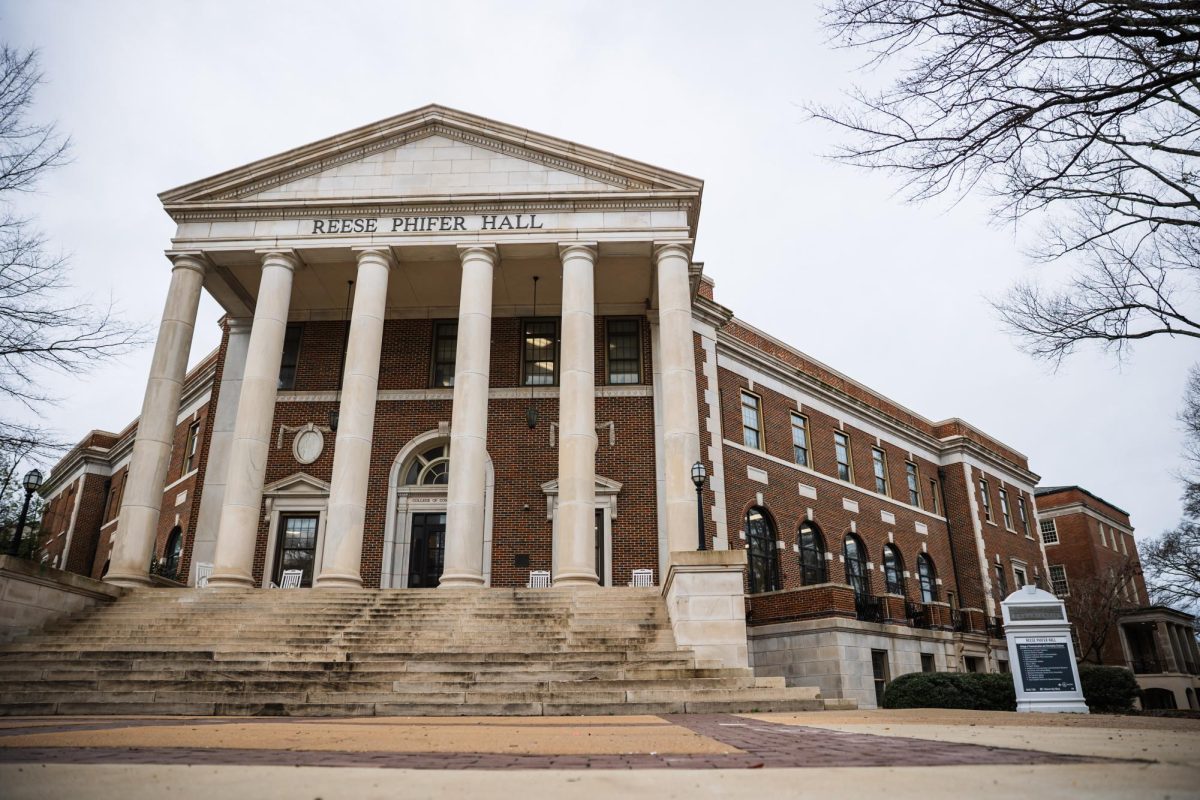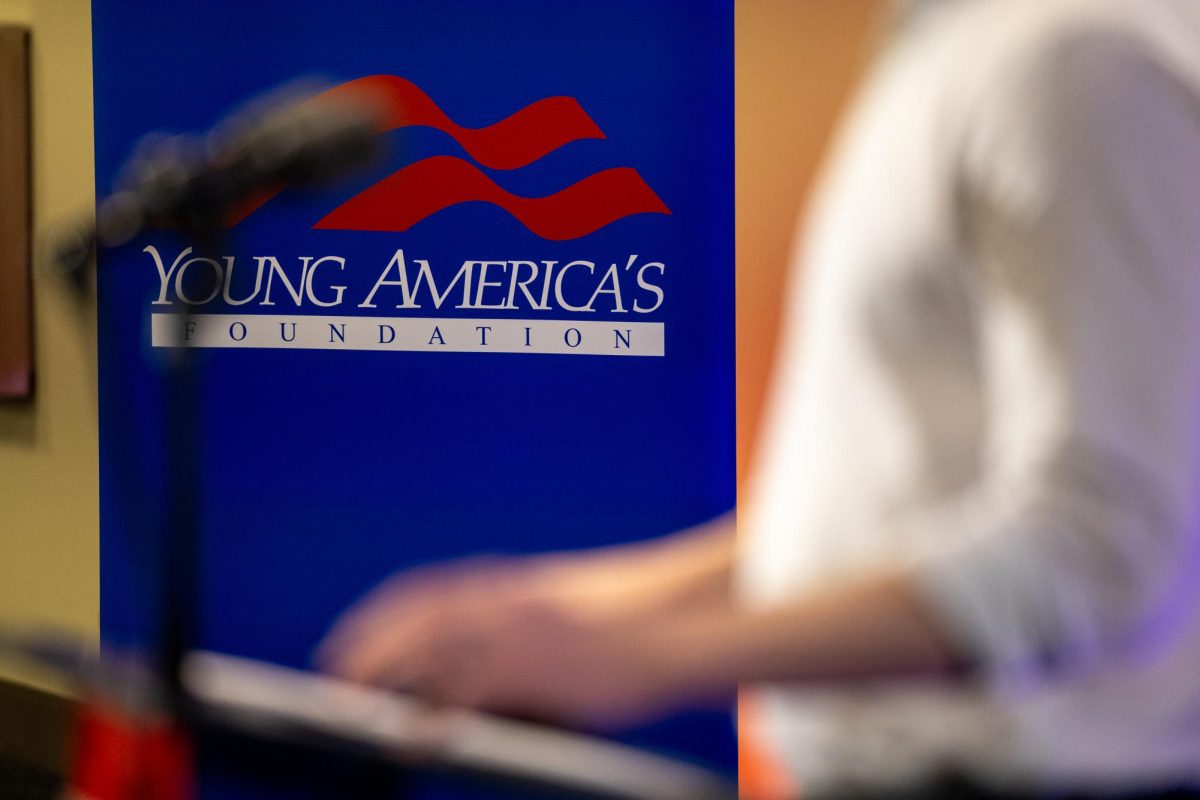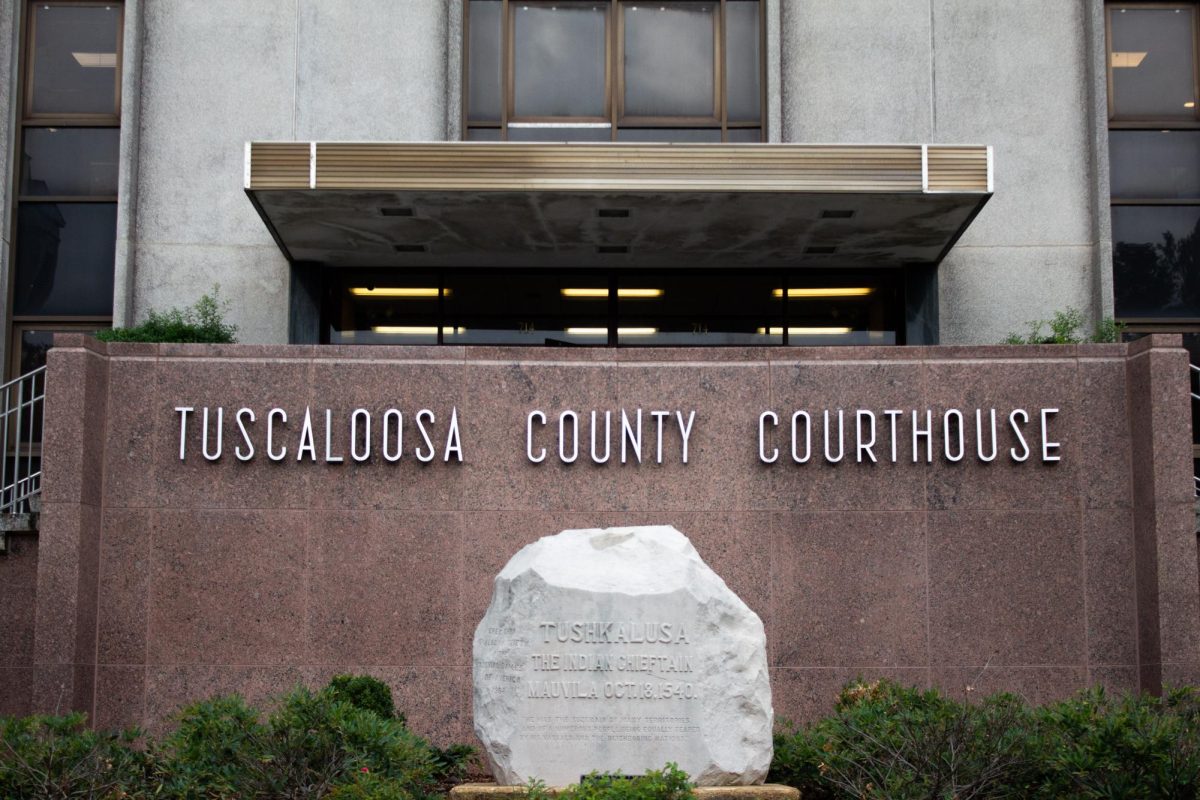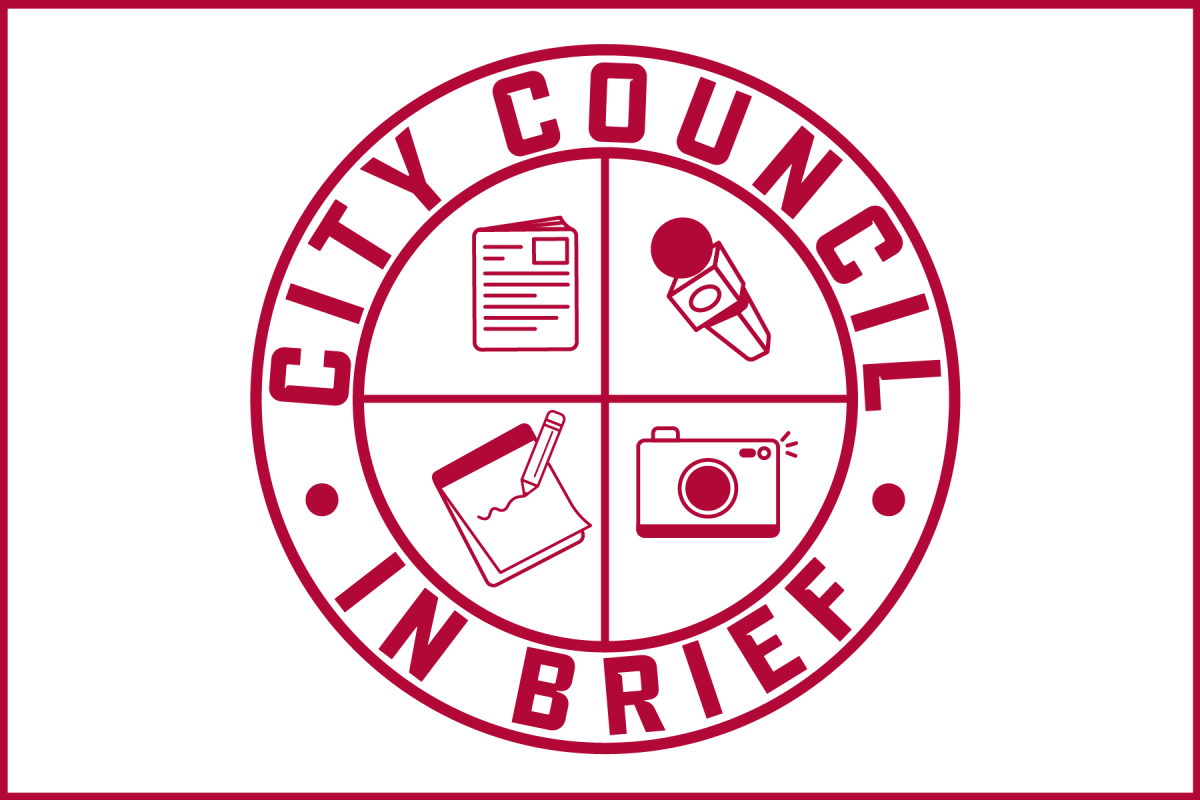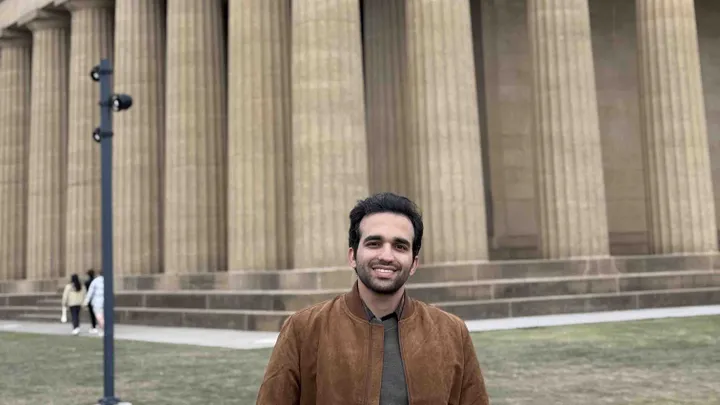On the eve of the Federal Emergency Management Agency’s Monday deadline for registration, FEMA and other agencies came together at a one-stop shop for recovery assistance.
The Housing and Recovery Expo, held Saturday at Tuscaloosa Central High School, brought together realtors, safe room experts, FEMA officials and others to provide survivors the resources they needed to rebuild.
“The focus of this housing expo is to give storm survivors and others affected by the storms a wide range of FEMA, state and local voluntary agencies to provide ideas and resources for rebuilding,” said Tim Tyson, Federal Emergency Management Agency spokesman.
“Our focus is to assist people to get back into a permanent location,” Tyson said. “People have to be able to find a permanent place to live and to drive life back to normalcy.”
The expo was able to provide residents with several resources that could aid them in the recovery process.
“We brought in a wide array of city, state and federal resources for a one-stop shop,” Tyson said.
Don Hartley, regional coordinator for the Alabama Emergency Management Agency, said a key part of the rebuilding process was making sure there were safe places for families in case of a tornado emergency.
“When they rebuild, they want to make sure their families are safe the next time a storm comes through,” Hartley said.
FEMA will help cover the costs of storm shelters, whether residents build them themselves or purchase a prefabricated shelter, Hartley said. FEMA grants will cover 75 percent of the cost of the shelter or $4,000, whichever amount is lower, he said. The average storm shelter costs between $5,000 and $6,000 dollars, while the top models can cost up to $8,000.
Residents cannot build new structures yet because of a moratorium on new construction, but they can build storm shelters if their home was not completely destroyed. One woman at the expo had half of her home destroyed and wanted to rebuild the other half with a storm shelter inside it, Hartley said.
Another concern for tornado survivors is the issue of obtaining loans in order to start the rebuilding process.
According to Jack Camp, public affairs specialist for the U.S. Small Business Administration, the average loan is $54,000. As of July 14, the SBA had issued 257 loans to small businesses and homeowners, which totals out to $14,199,500 being distributed throughout the city.
The SBA plays a vital role in the recovery process, he said, because they provide loans to fill in the gaps between what residents need and what their insurance and FEMA grants covered.
“The purpose is to replace disaster-damaged property in like kind,” Camp said. “It can cover up to 100 percent of uncompensated losses.”
Though the SBA does not typically work with individuals and homeowners during normal times, the disaster relief program enables the administration to help out individuals in need, not just businesses. More than 90 percent of the people who have sought SBA assistance in Tuscaloosa are homeowners, not business owners, Camp said.
Expo attendees were also given assistance regarding banking, crisis counseling, legal aid and insurance concerns.




